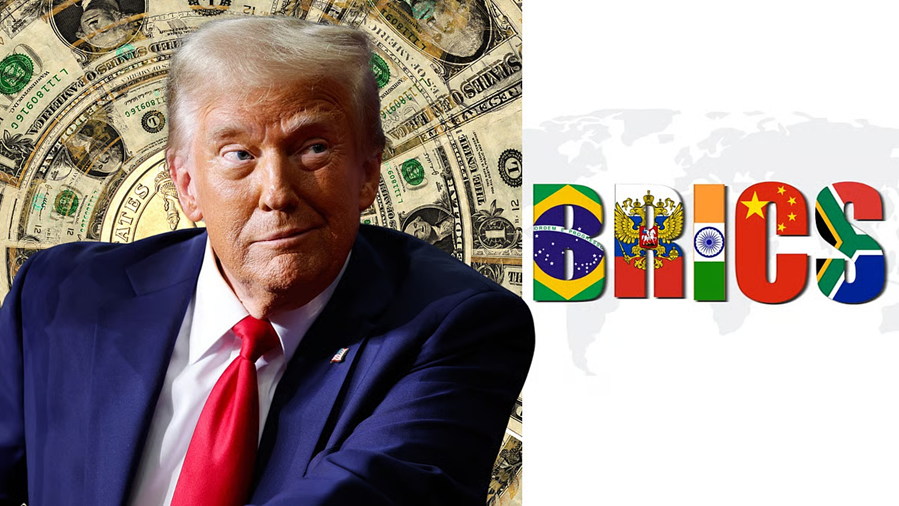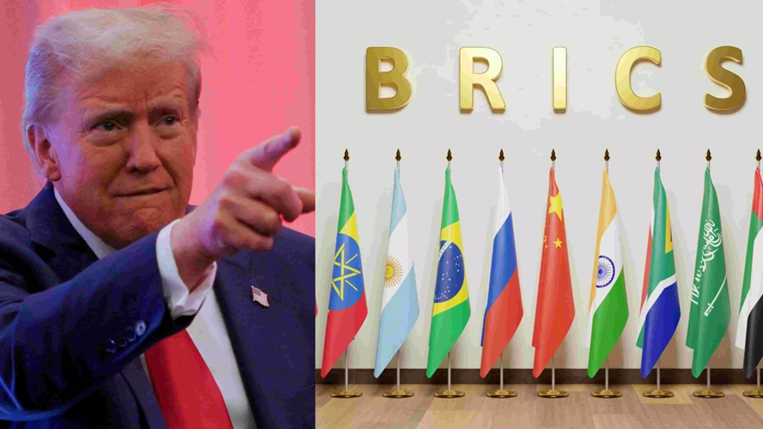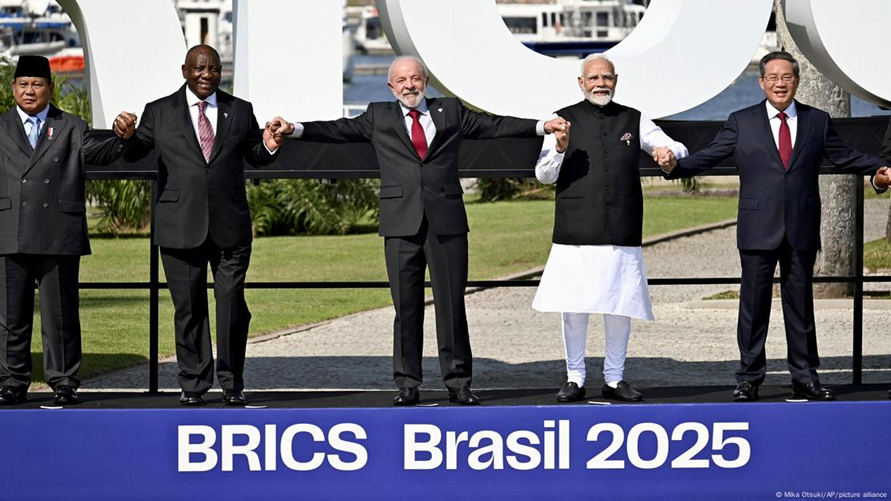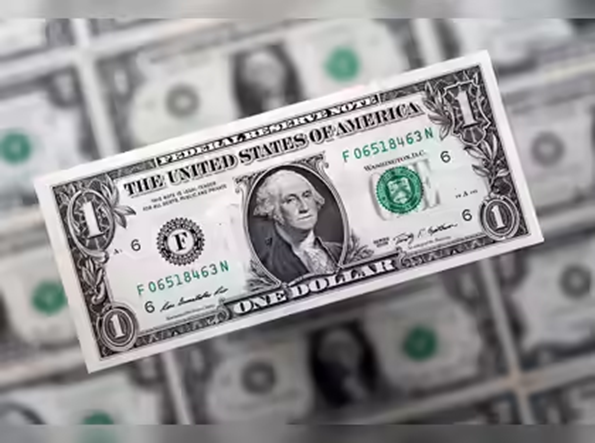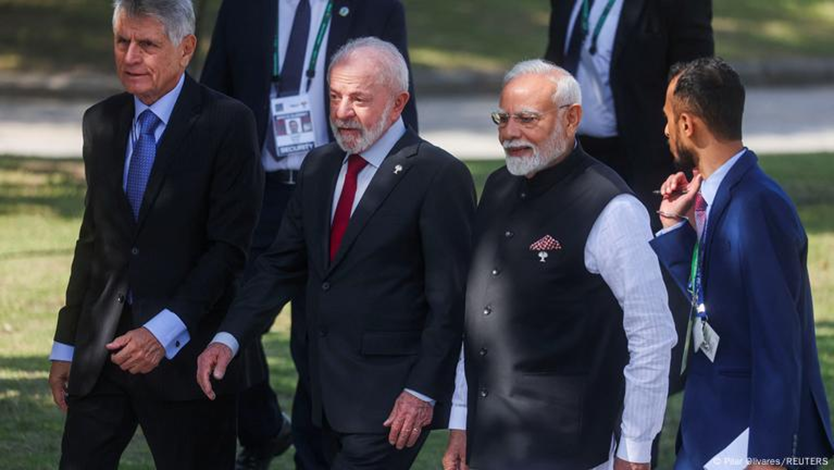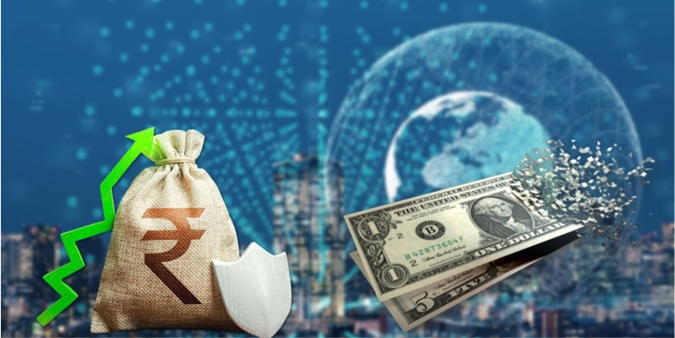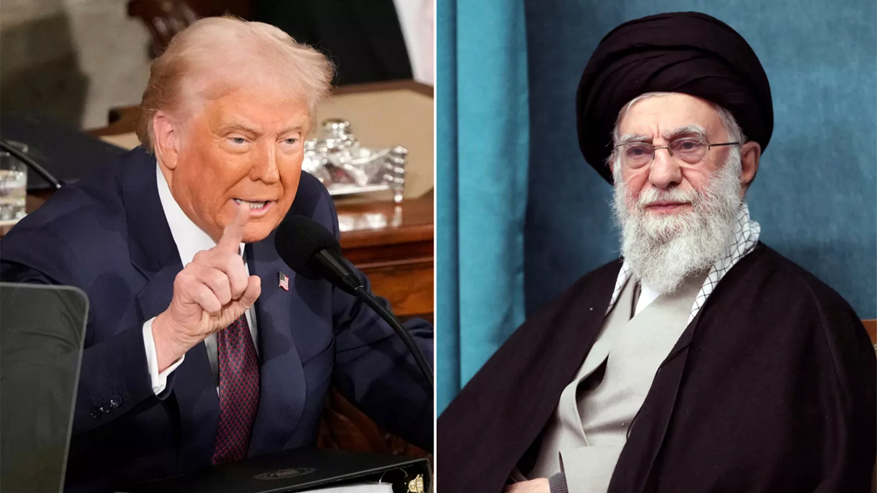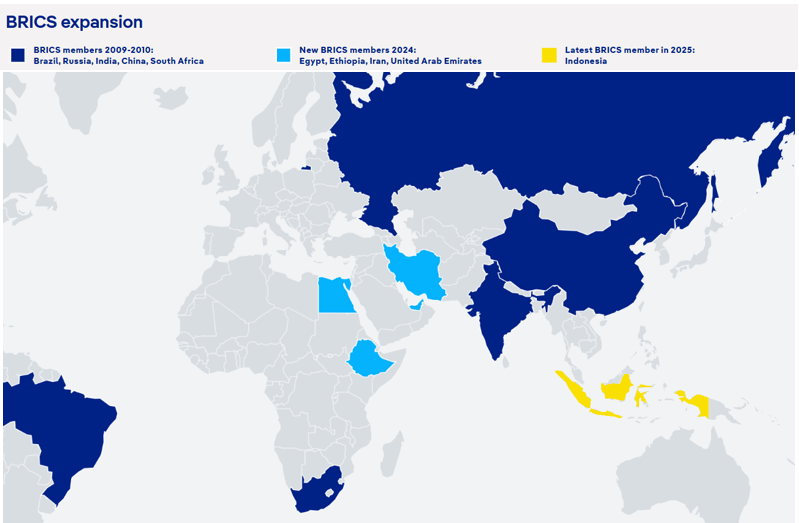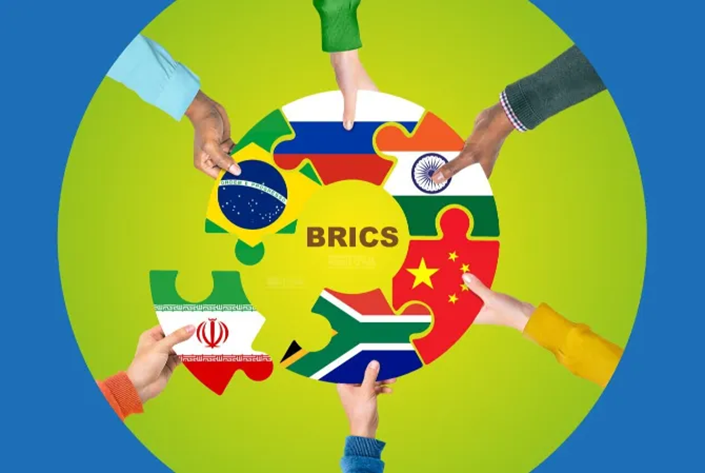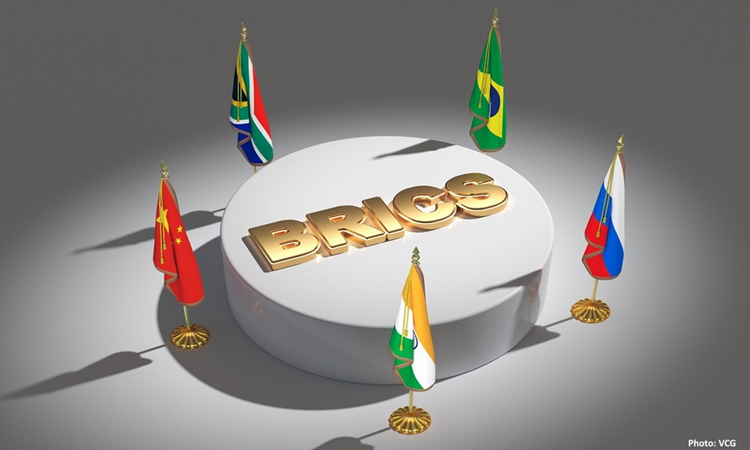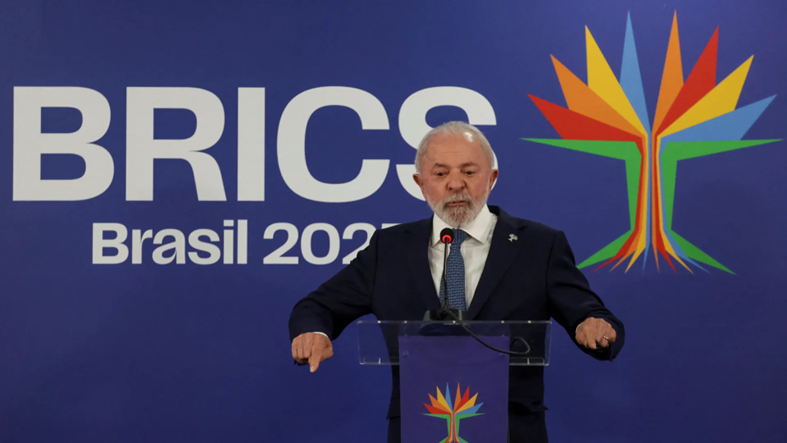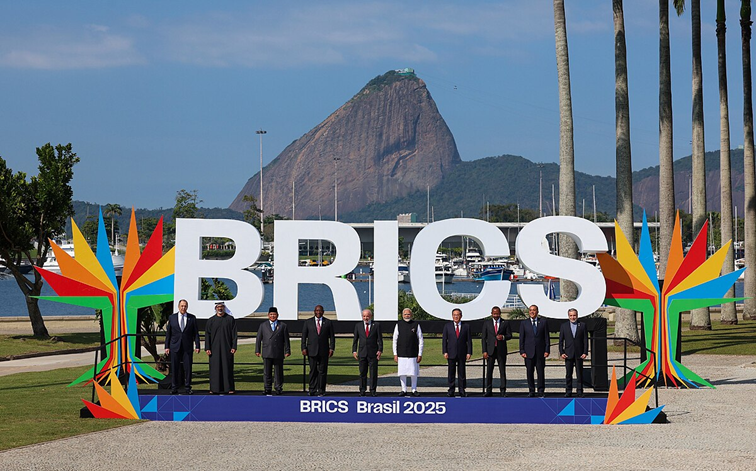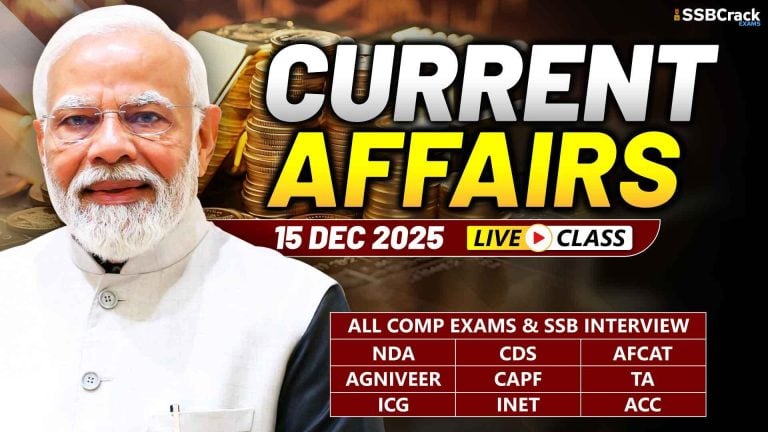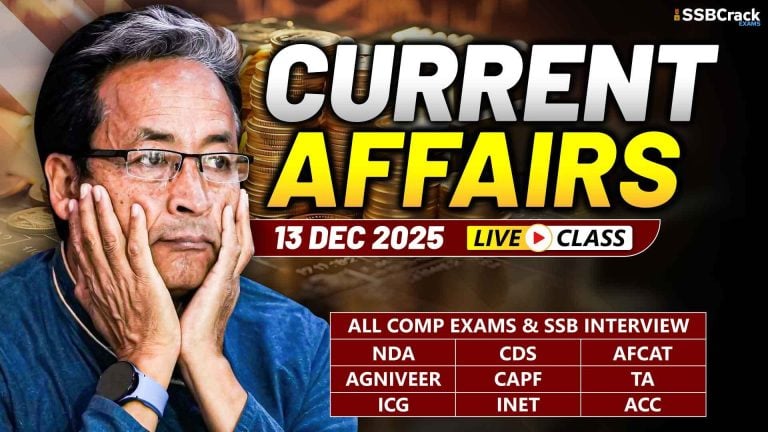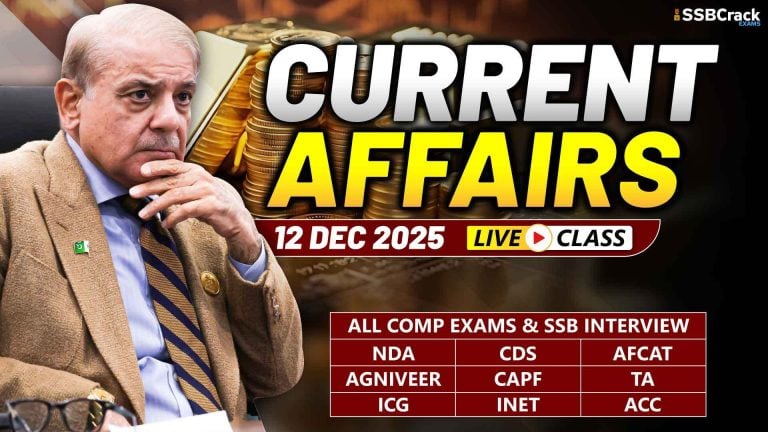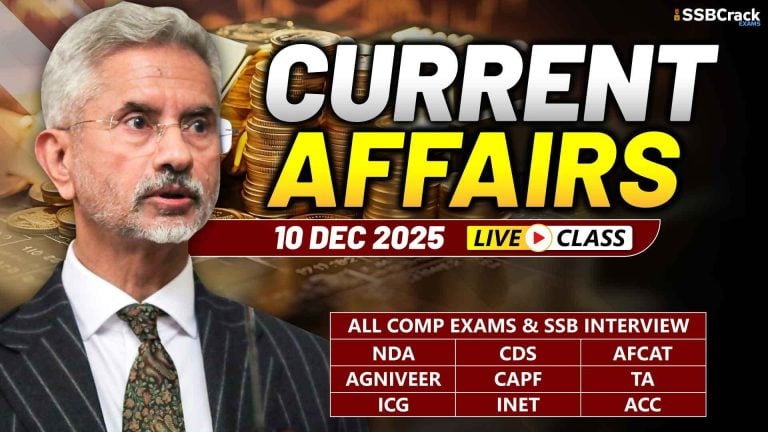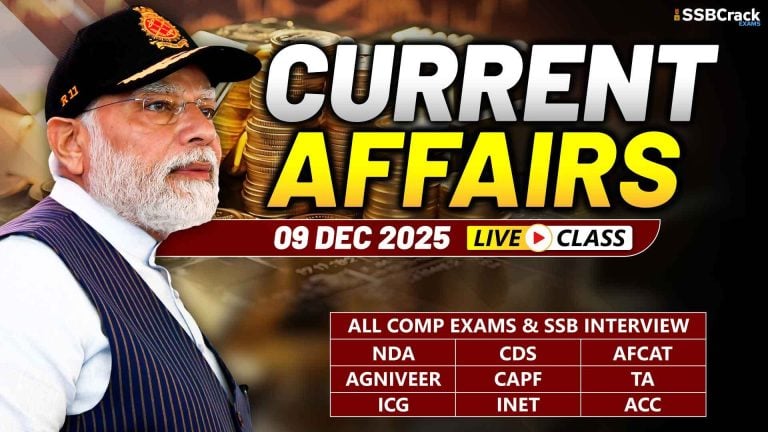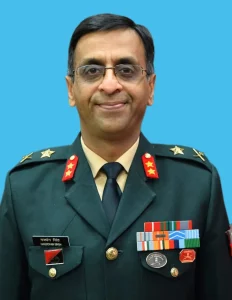Recently concluded BRICS Summit has US President Donald Trump’s attention. He has been threatening the bloc that comprises 10 countries, including India, with tariffs and more. In his latest attack on Brics nations, Trump has warned that members of the group would be hit with 10 per cent tariffs. During a Cabinet meeting on, the President said, “They will certainly have to pay 10% if they are in BRICS because BRICS was set up to hurt us, to degenerate our dollar…”.
Why Is Donald Trump So Afraid Of BRICS ?
Why In News
- Recently concluded BRICS Summit has US President Donald Trump’s attention. He has been threatening the bloc that comprises 10 countries, including India, with tariffs and more. In his latest attack on Brics nations, Trump has warned that members of the group would be hit with 10 per cent tariffs. During a Cabinet meeting on, the President said, “They will certainly have to pay 10% if they are in BRICS because BRICS was set up to hurt us, to degenerate our dollar…”.
- “If they are a member of BRICS, they are going to have to pay 10 per cent tariff, just for that one thing,” he reiterated, adding that the group had largely “broken up” after his warning last year and was not a “serious threat”.
- Earlier, he had threatened Brics nations with a 100 per cent tariff “if they so much as even think” about reducing the use of the dollar in global trade.
Dollar Diversification
- BRICS has recently intensified efforts to reduce reliance on the dollar by promoting trade in local currencies among members.
- Stung by Western sanctions and tariffs, Russia and China are spearheading the so-called dedollarization move, settling energy deals in rubles and yuan. India, meanwhile, has paid for cheap Russian oil since 2023 in yuan, rubles, and even the United Arab Emirates’ dirham.
- Grander ambitions, like a gold-backed common currency, dubbed the “Unit,” have so far stalled amid internal rifts between powerful BRICS members. India, wary of the dominance of China’s yuan, has rejected the plan, while 2025 summit host Brazil also wants to prioritize local currency trade over a BRICS currency.
- “India, together with Brazil, is trying to balance the anti-Western messaging from BRICS, which is dominated by China and Russia,” said Garcia-Herrero, who is also chief economist (Asia Pacific) at French investment bank Natixis.
- Out of the roughly $33 trillion (€28 trillion) in global trade conducted in 2024, intra-BRICS trade made up just 3%, or around $1 trillion, according to the BRICS website.
- “The majority of world trade is still settled in dollars and other traditional currencies,” economist Herbert Poenisch told DW. “It will take a lot to dethrone that.”
- The US currency is used in nearly 90% of global transactions and 59% of foreign exchange reserves, prompting several economists to argue that dedollarization remains a distant threat.
- They believe that any BRICS alternative will be hampered by the yuan’s capital controls, the ruble’s volatility and some members’ reluctance to abandon the greenback. The Brics nations, including India, have been looking to reduce their dependence on the US dollar. This has especially gathered momentum after the US threw Russia and Iran out of SWIFT (Society for Worldwide Interbank Financial Telecommunication), which is crucial for international financial transactions.
- The bloc has been promoting trade in local currencies, which many see as an attempt at de-dollarisation. Russia and China have paid for energy deals in roubles and yuan. India has paid for Russian oil since 2023 in yuan, roubles and the UAE’s dirham.
- In 2022, Russia proposed the creation of a new international currency. Since then, there have been talks for a common currency, but little progress has been made. India is wary of the yuan’s dominance, and Brazil wants to focus on local currency trade over a unified one.
- However, Brics countries are continuing to explore implementing a cross-border payments system, according to the Leaders’ Declaration at the Brics Summit in Rio de Janeiro. Finance ministers and central bank governors of the member nations are tasked with discussing the Brics Cross-Border Payments Initiative.
BRICS VS Trump On Iran
- Another point of contention between Trump and Brics is Iran, which became a member of the bloc in 2024.
- Donald Trump has been targeting the Islamic Republic. The US joined Israel’s war against Iran, claiming to destroy its nuclear facilities.
- It was expected that Bric nations would make a statement on the conflict, showing support for their member. At the summit, the leaders of the bloc rebuked the US and Israel’s attacks on Iran. In the declaration, member states described last month’s strikes as a “violation of international law”, expressing “grave concern” about the deteriorating security situation in West Asia.
- The group also expressed “grave concern” for the Palestinian people over Israeli attacks on Gaza and condemned the Pahalgam attack.
BRICS Growing Clout
- The bloc was founded in 2009 with four nations – Brazil, Russia, India and China. A year later, South Africa joined, and Bric became Brics. Today, the bloc has expanded to 10 members – Egypt, Ethiopia, the United Arab Emirates, and Iran joined in 2024, and Indonesia in 2025.
- While Saudi Arabia is sitting on the fence, Turkey, Azerbaijan and Venezuela want membership. Thailand, Malaysia, Cuba, Nigeria, Uzbekistan, and Kazakhstan have ‘partner’ status. The bloc contributes to 35 per cent of the world’s GDP and accounts for 45 per cent of the global population.
- The clout of the collective is growing. Its influence over newly developed, emerging and underdeveloped economies cannot be undermined.
BRICS
- Many look at the bloc as an alternative to the G7, a group of seven wealthy nations. More and more emerging economies want to be associated with Brics with the hope of a new multipolar world order no longer dominated by the West. Brics is seen as the voice of the Global South, something that India has been emphasising.
- At the Rio summit, PM Modi called for Brics to act as a catalyst for global cooperation and a multipolar world, urging the group to meet the expectations of the Global South. “The diversity of the Brics group and our firm belief in multipolarity are our greatest strengths. We must reflect on how BRICS can serve as a guiding force for a multipolar world in times to come,” he said.
- However, while Brics is ambitious and expanding, it has problems of its own. It is struggling to put its lofty plans into action. Any project would involve difficulties given the economic, political and geographic disparities between Brazil, Russia, India, China and South Africa.
- Brazil’s President Luiz Inacio Lula da Silva has hit back at Trump for threatening Brics with more tariffs. The Brics, then, has differences to smooth out before it can challenge the West. Economist Herbert Poenisch was quoted by DW as saying, “BRICS is still in the early stages, and bridging the many differences in priority will be a tall order”.
- Yet, its goals are clear. At the end of the Brics summit in Rio de Janeiro, Brazil’s Luiz Inacio Lula da Silva said, “The world has changed. We don’t want an emperor.” He was responding to a question on Trump’s tariff threats.
- “This is a set of countries that wants to find another way of organising the world from the economic perspective. I think that’s why the Brics are making people uncomfortable.”
